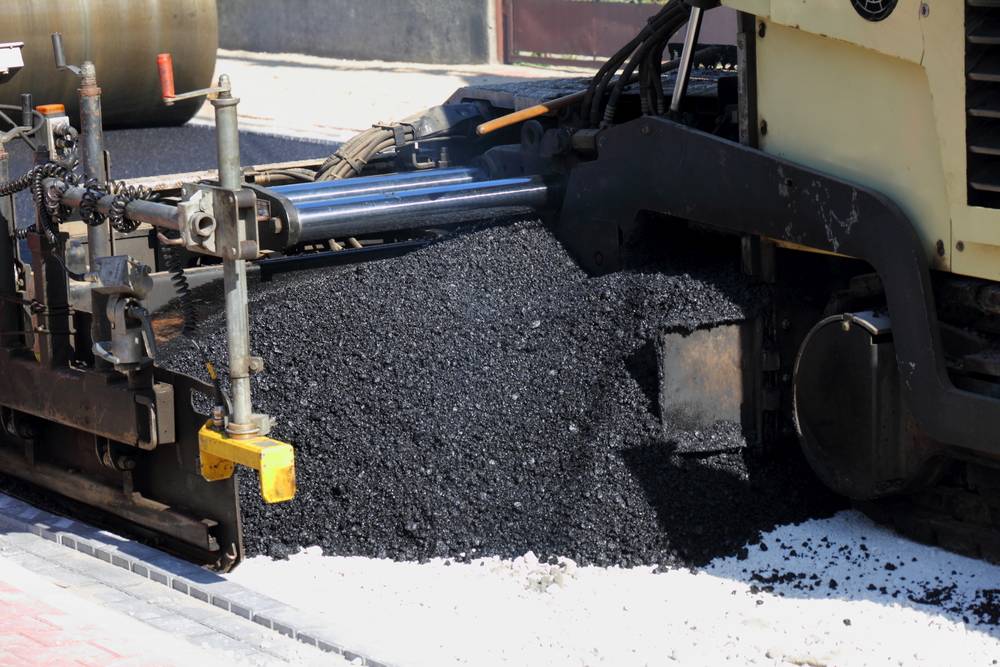Different types of bituminous emulsions are used in many different applications in the modern construction industries. The many different uses of bituminous emulsions include the following examples:
- For priming of old pavement before applying a new layer of asphalt or concrete;
- To prepare cold asphalt mixtures;
- For the surface treatment of road surfaces;
- For applying thin protective coating layers;
- For patching roads;
- For waterproofing of buildings and structures;
- For the installation and repair of soft roofs.
The main advantages of bitumen emulsions, in comparison with conventional bitumen (or resin), is their ability to work in high humidityand low ambient temperatures while using less bitumen product to complete the job.
Another advantage of bituminous emulsions is their ability to work in adverse weather conditions. The use of hot bituminous mixtures, even with the addition of surface-active additives, do not meet the same high quality standards as bituminous emulsions for performing road work. Due to such a wide range of benefits, bituminous emulsions are increasing in demand and popularity in the road and building construction industries.
Based on the demands for bitumen emulsion products, there is also a need for plants and equipment that can efficiently produce the highly popular emulsion products. The GlobeCore UVB-1 unit is a semi-automatic machine that produces bituminous emulsions for the construction industries. The UVB-1 consists of several individual parts that are mounted on the same frame. There is a block for the preparation of the emulsion, a block for the aqueous phase of the process, and an operator control unit.
Production of bituminous emulsions normally has two stages, a preparation of the emulsion stage and an aqueous phase.
The aqueous phase creates an aqueous solution of an emulsifier. It also creates an emulsifier agent for the transition into the ionic form (acidic reagents for cationic emulsions and alkaline – for anionic) and the other necessary components to improve the properties of the final emulsion product.
The parts of the UVB-1, that perform the aqueous phase of the process, are wrapped with a piping system with indicators for visual control of fluid flow. It also has built-in control valves and instrumentation valves. The aqueous phase is performed in the tanks with agitators according to a predetermined emulsion recipe. The unit’s controls set the volume, the temperature, the pH level, and amount of the individual components of the emulsion mixture.
The fully prepared aqueous phase mixture and hot bitumen are then placed in a colloid mill for mixing. If necessary, the colloid mill can liquefy the bitumen mixture with an injection of a special bitumen diluent in the piping system. Preparing the components of the aqueous phase and injecting the diluent is carried out automatically with the aid of pumps and corresponding conduits for the continuous, uninterrupted production of the bitumen emulsion products.
The necessary water supply is set and introduced to the blending via vertical multistage pumps. Direct control flow is regulated by rotameters with different ranges up to 10m3/h for water, up to 4m3/h for blending, and up to 0.25m3/hour for a breaker.
A large number of world renowned road, civil, and industrial construction technologies use complex types of bitumen emulsions according to individual recipes. Recently, the domestic and international markets are using more and more modern systems for producing high-quality bituminous mixtures and emulsions.
Based on recent inspections and testing, it appears that the new equipment models and formulas have been able to achieve an even greater positive effect in the uses and functions of bitumen emulsion products. GlobeCore has been an industry leader in developing and producing such bitumen emulsion equipment for the road construction and building construction industries.

